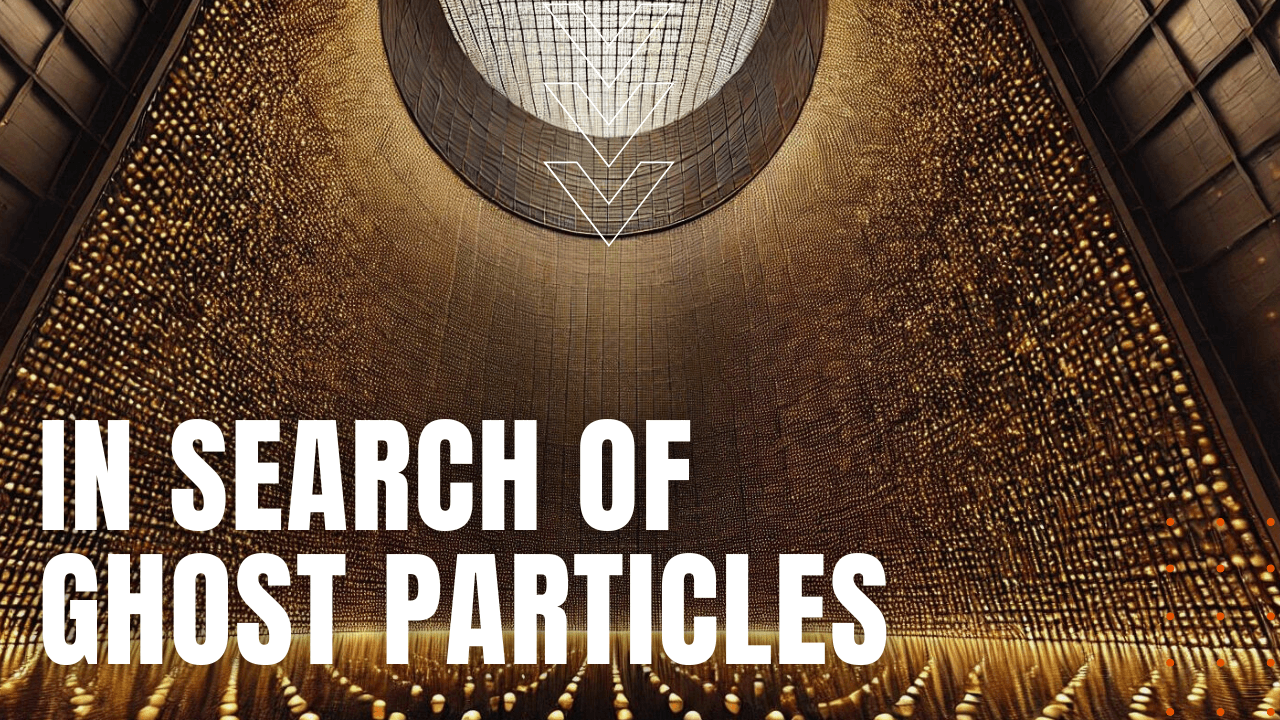In Search of Ghost Particles

According to the currently understood theory of particle physics known as the Standard Model, everything in the visible Universe is built around a family of seventeen particles of varying size and characteristics, including well known ones like the Higgs boson particle—first proposed by Peter Higgs in 1964 and later confirmed by scientists at the Large Hadron Collider at CERN Switzerland in 2012—along with lesser known particles such as charm quarks, tau neutrinos, hadrons and gluons. Despite these breakthroughs in understanding, by studying such things as the way galaxies move, scientists have proposed that what we can observe with the naked eye or through Universe imaging tools such as the James Webb Space telescope, the matter we can see makes up only five percent of the known Universe, leaving the remaining 95 percent as yet unseen or undetected ghost particles, laying in wait for a breakthrough and subsequent new theory within the study of physics.
Standard Model
According to our current understanding, the remaining 95% of ghost particles are made up of antimatter or dark matter, dark energy and degenerate matter, collectively thought to be phantom doppelgängers of the seventeen particles that make up the Standard Model. In the search for confirmation, physicist believe ghost particles are hard to detect due to their lack of interaction with the world as we know it, since they pass straight through matter much like ghosts and fail detection by any device currently developed by man. Based on the theory that some ghost particles, albeit rare, may disintegrate momentarily into Standard Model particles and thereby observed by current detection methods, scientists at CERN are building the Search for Hidden Particles or SHiP collider, which will crash particles into a block of material known as a “fixed target,” in turn greatly increasing the chance of detection as they morph into conventionally known particles.
An Expensive Tool
Built at a cost of $4.75 billion USD, scientists are planning a massive $12.8 billion capacity increase to the Large Hadron Collider, which will provide new particle-hunting capabilities by the year 2070, but in the meantime, scientists involved in the SHiP project are building a much larger fixed target collider within the existing infrastructure at CERN, with a much more manageable completion budget of $107 million. Dubbed “ingenious” by Professor Mitesh Patel of Imperial College London. “What really appeals to me about the experiment,” he goes on, “is that these particles are right under our noses, but we have never been able to see them because of the way they interact, or rather the way they don’t interact. We are explorers, and we believe that we can see something interesting in this new terrain,” making the search for ghost particles, a potential game changer in man’s understanding of the Universe.
